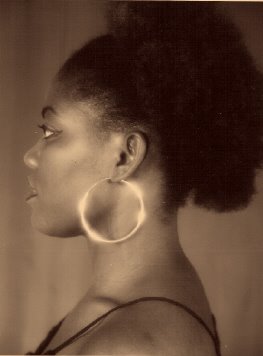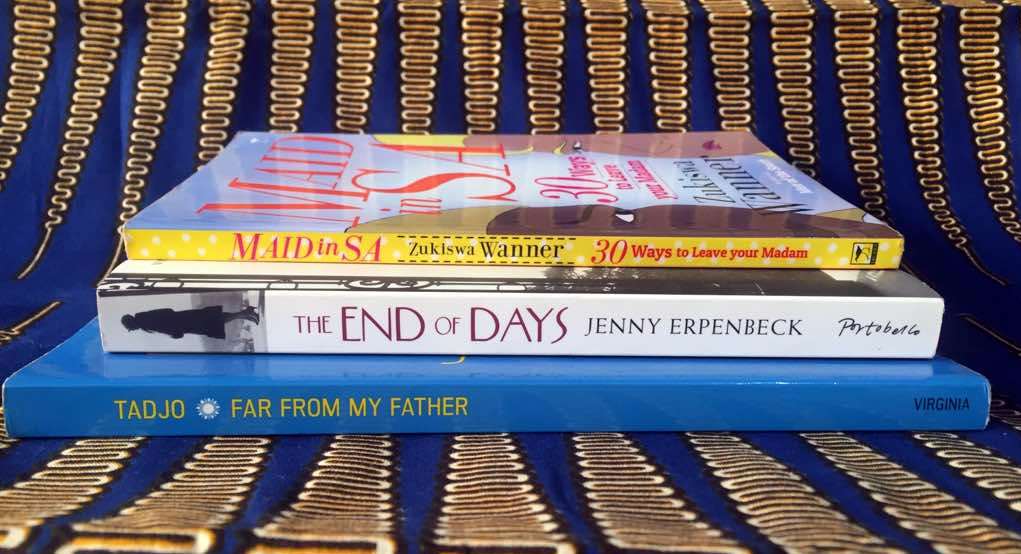 Suddenly, it’s impossible not to feel the explosive impact of Teju Cole’s ‘Open City’ even all the way down here in Lagos, despite the fact that his new novel has only just been published all the way in America, on February 8, to be precise. And so there I was last week, doing some delicate bargaining with a writer-friend currently in the US; I had the upper hand in the negotiation until he pulled out the ace up his sleeve. He was bringing me a copy of a hot, brand new book that no one had seen anywhere in Nigeria. By the next day, I’d worked out that it could only be Teju Cole’s Open City, and I can’t wait to lay my hands on this, by all accounts, splendid free-form novel.
Suddenly, it’s impossible not to feel the explosive impact of Teju Cole’s ‘Open City’ even all the way down here in Lagos, despite the fact that his new novel has only just been published all the way in America, on February 8, to be precise. And so there I was last week, doing some delicate bargaining with a writer-friend currently in the US; I had the upper hand in the negotiation until he pulled out the ace up his sleeve. He was bringing me a copy of a hot, brand new book that no one had seen anywhere in Nigeria. By the next day, I’d worked out that it could only be Teju Cole’s Open City, and I can’t wait to lay my hands on this, by all accounts, splendid free-form novel.
Meanwhile, I’ve just had a long, bedazzled read of James Wood’s review of Open City in the New Yorker.
Here’s an excerpt:
“Cole has made his novel as close to a diary as a novel can get, with room for reflection, autobiography, stasis, and repetition. This is extremely difficult, and many accomplished novelists would botch it, since a sure hand is needed to make the writer’s careful stitching look like a thread merely being followed for its own sake. Mysteriously, wonderfully, Cole does not botch it: “When I turned around, I saw that I was at the entryway of the American Folk Art Museum. Never having visited before, I went in”; “In early December, I met a Haitian man in the underground catacombs of Penn Station”; “The days went by slowly, and my sense of being entirely alone in the city intensified”; “At the beginning of February, I went down to Wall Street to meet Parrish, the accountant who was doing my taxes, but I forgot to bring my checkbook”; “Last night, I attended the performance of the Ninth Symphony, which is the work Mahler wrote after Das Lied von der Erde.”
Watching Simon Rattle conduct Mahler at Carnegie Hall, Julius is alive to the sorrow of the composer’s “long but radiant elegy.” He thinks of the strange fact that a hundred years ago, “just a short walk away from Carnegie Hall, at the Plaza Hotel, on the corner of Fifty-ninth Street and Fifth Avenue, Mahler had been at work on this very symphony, aware of the heart condition that would soon take his life.” Then, before the music has ended, an old woman rises from her front-row seat, and goes up the aisle: “It was as though she had been summoned, and was leaving into death, drawn by a force invisible to us. The old woman was frail, with a thin crown of white hair that, backlit by the stage, became a halo, and she moved so slowly that she was like a mote suspended inside the slow-moving music.” Cole prepares his effects so patiently and cumulatively, over many pages of relatively “flat” description, that the image of the old woman leaving as if for death, suspended like a mote in the music, seems not forced or ornamental but natural and almost inevitable.”
The New Yorker also has an extract from the novel here.
Then there’s the fascinating iconography that’s already being woven around the person of the author. The image accompanying most publicity about the book, shows Cole in profile, cap pulled to the forehead, a sports top zipped up to the chin, and a beard. It is mysterious and striking; and lends itself very easily to author illustrations, of which the New Yorker’s is just one of several.
When James Wood writes of a scene in the novel as one of the very few "in contemporary fiction in which critical and literary theory is not satirized, or flourished to exhibit the author’s credentials"... it comes as no surprise to those of us already accustomed to the effortless, unshowy brilliance of Teju Cole’s writing, the staggering breadth of his references.
Speaking of which, now is perhaps a good time to revisit Cole’s ‘Letter to a Young Writer’, dedicated to a certain Temitayo, who knows herself. The 8 letters are also downloadable as a single PDF document, here.
Photo: Publicity image.











.jpg)





1 comment:
Aw it's been a long time coming. I read his Letters to a Young writer series and Everyday is for the Thief and both of them were fantastic. I was in Lagos while I was reading Everyday is for the Thief and it still made me nostalgic for Lagos. I can't wait to read Open City.
Post a Comment